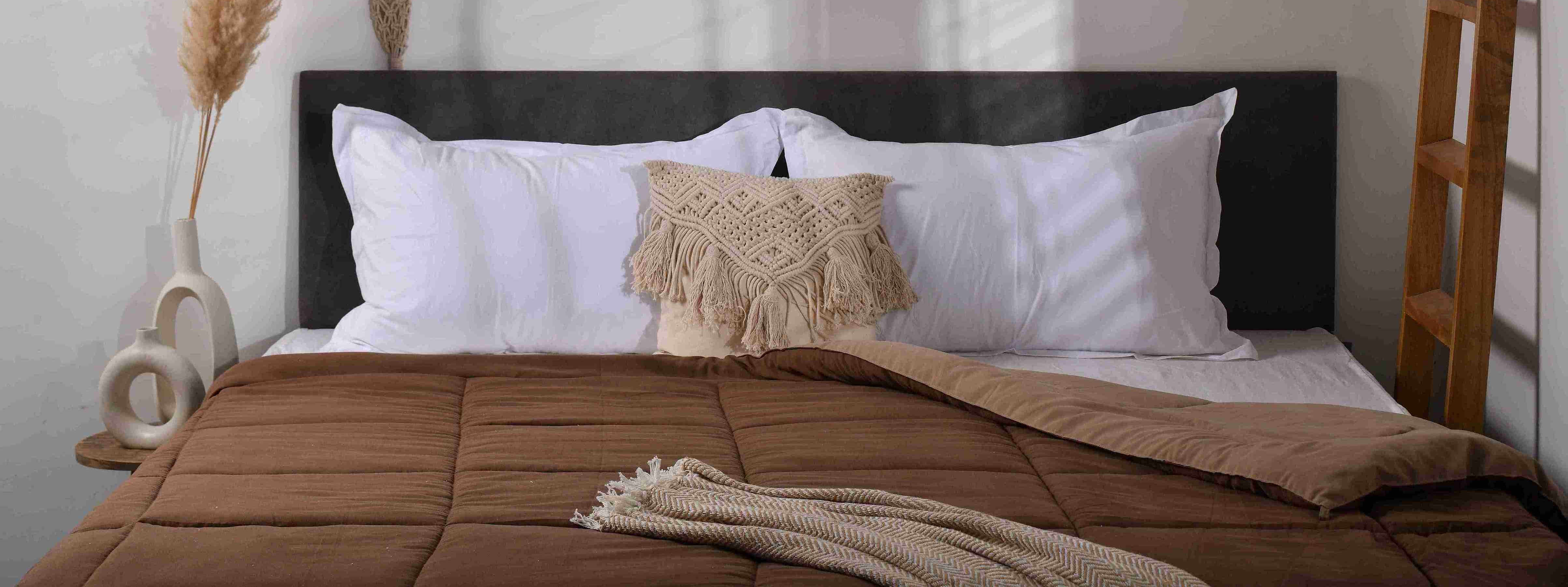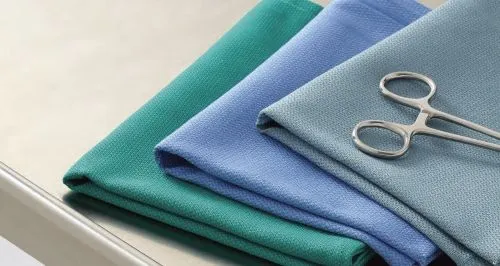
 30 Jun 2025
30 Jun 2025
In healthcare settings, hygiene isn’t optional—it’s critical. From the operation theatre to patient rooms, every surface, item, and material can either help prevent infection or contribute to its spread. One often overlooked but vital component in this battle is fabric.
At Sewing Crest, we specialize in crafting durable, hygienic, and high-performance hospital textiles. In this blog, we explore how the right choice of fabric plays a crucial role in preventing cross-contamination and ensuring a safer healthcare environment.
What is Cross-Contamination in Hospitals?
Cross-contamination refers to the transfer of harmful microorganisms—like bacteria, viruses, and fungi—from one surface or person to another. It can happen via:
Why Fabric Matters More Than You Think
Unlike hard surfaces, textiles are porous, meaning bacteria and fluids can seep in and survive longer. Low-quality or improperly treated fabrics may:
That’s why choosing medical-grade, antimicrobial, and easy-to-clean fabrics is essential.
Key Fabric Features That Help Prevent Infection
Where Fabric Safety is Critical in Hospitals
Fabrics We Use at The Sewing Crest
At The Sewing Crest, we source and manufacture hospital fabrics with:
We offer customizable textile solutions for hospitals, clinics, and labs that meet both safety standards and aesthetic expectations.
Best Practices for Fabric Hygiene in Hospitals
Even the best fabric won’t protect if not maintained correctly. Here are essential tips:
Final Thoughts
Infection prevention isn’t only about surfaces and sanitizers—it’s also about what doctors wear, what patients lie on, and even what separates beds. Hospital fabrics are frontline defenders in healthcare safety.
By investing in high-quality, hygienic, and certified medical textiles, hospitals can reduce the risk of infection, improve patient outcomes, and maintain trust.
Trust The Sewing Crest for Safer Hospital Textiles
We’re committed to delivering elegant, functional, and medically safe fabrics that protect both patients and staff.
Let’s sew the future of healthcare—safely.